C. J. Adkins0521274567, 9780521274562
Table of contents :
Front cover……Page 1
Title page……Page 3
Date-line……Page 4
Dedication……Page 5
Contents……Page 6
Preface……Page 10
1.1 Origins of thermodynamics……Page 13
1.3 The role of the laws……Page 14
1.4 Systems, surroundings, and boundaries……Page 15
1.5 Thermodynamic variables……Page 17
1.6 Thermodynamic equilibrium……Page 18
1.7 Thermodynamic reversibility……Page 20
1.8 Degrees of freedom……Page 22
1.9 Some useful mathematical results……Page 24
2.1 The zeroth law……Page 29
2.2 Temperature……Page 30
2.4 The perfect gas scale……Page 32
2.5 Thermodynamic temperature……Page 33
2.7 Some common thermometers……Page 35
2.8 The International Practical Temperature Scale……Page 40
3.1 Background to the first law……Page 42
3.2 The first law……Page 43
3.4 Heat……Page 44
3.5 Work in various systems……Page 47
3.6 Heat capacities……Page 54
3.7 Enthalpy……Page 57
3.8 Flow processes……Page 58
4.2 Cyclic processes and heat engines……Page 62
4.3 Statements of the second law……Page 65
4.4 Hotness and temperature……Page 67
4.5 Carnot’s theorem……Page 68
4.6 Thermodynamic temperature……Page 70
4.7 Uniqueness of reversible adiabatics……Page 72
4.8 Refrigerators and heat pumps……Page 74
4.9 Real heat engines……Page 76
5.1 Clausius’ theorem……Page 80
5.2 Entropy……Page 83
5.3 Entropy in irreversible changes……Page 84
5.4 The entropy form of the first law……Page 86
5.5 Entropy and the degradation of energy……Page 88
5.6 Entropy and order……Page 89
6.1 Introductory remarks……Page 99
6.2 Empirical entropy……Page 100
6.4 Thermodynamic temperature and entropy……Page 105
6.5 Irreversible changes……Page 107
6.6 Subsequent development……Page 109
7.1 The potential functions……Page 112
7.2 The Legendre differential transformation……Page 115
7.3 Maxwell relations……Page 116
7.4 General conditions for thermodynamic equilibrium……Page 118
8.1 Some properties of specific heat capacities……Page 124
8.2 The perfect gas……Page 128
8.3 Behaviour of real pure substances……Page 132
8.4 The elastic rod or filament……Page 136
8.5 The reversible electric cell……Page 137
8.6 Surface tension……Page 140
8.7 Piezoelectricity……Page 144
8.8 The magnetocaloric effect……Page 146
8.9 Thermal radiation……Page 156
8.10 Fluctuations……Page 169
9.1 The Joule expansion……Page 174
9.2 The Joule-Kelvin expansion……Page 177
9.3 Liquefaction of gases……Page 180
9.4 Thermoelectricity……Page 184
10.2 The condition for equilibrium between phases……Page 192
10.3 The Clausius-Clapeyron equation……Page 194
10.4 Integration of the Clausius-Clapeyron equation……Page 196
10.5 Gibbs functions in first order transitions……Page 198
10.6 Critical points……Page 200
10.7 Higher order change of phase……Page 205
10.8 Some examples of higher order phase changes……Page 206
10.9 Interpretation of second order transitions……Page 215
10.10 The fountain effect with liquid helium……Page 217
10.11 Surface effects……Page 220
11.1 Mixtures of ideal gases……Page 225
11.2 Increase of entropy in diffusion……Page 228
11.3 Chemical potential……Page 230
11.4 Conditions for equilibrium……Page 233
11.5 Ideal solutions……Page 236
11.6 Ideal gas reactions……Page 240
11.7 Solubility gaps in binary mixtures……Page 243
11.8 Equilibrium between liquid and solid mixtures……Page 248
12.1 The third law……Page 253
12.2 Elementary physical consequences of the third law……Page 254
12.3 Unattainability of absolute zero……Page 257
12.4 Allotropic transformations……Page 259
12.5 Glasses……Page 261
12.6 The equilibrium constant……Page 263
Appendix. Magnetic energy……Page 265
Useful data……Page 268
Problems……Page 269
References……Page 290
Index……Page 293
Back cover……Page 298
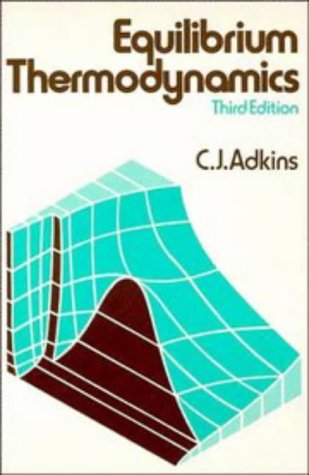
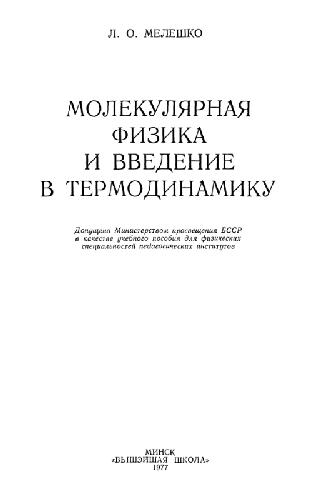
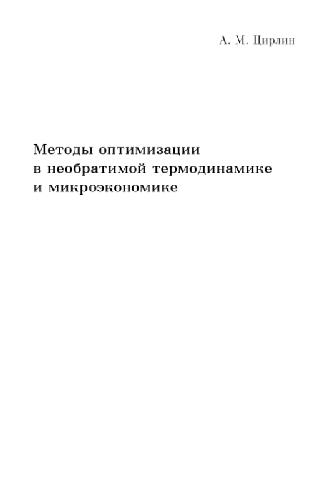
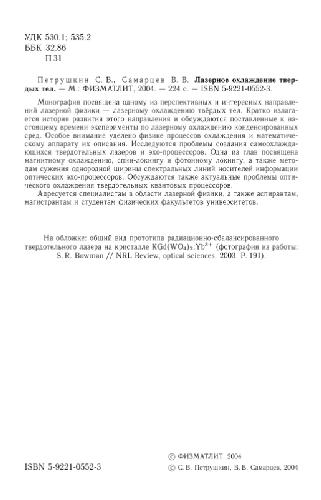
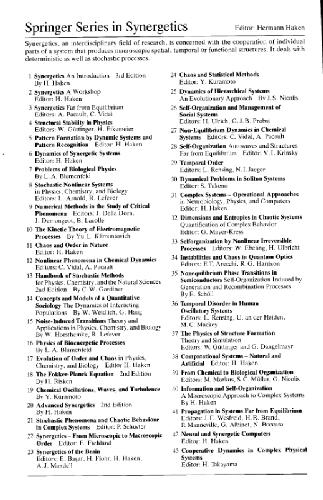
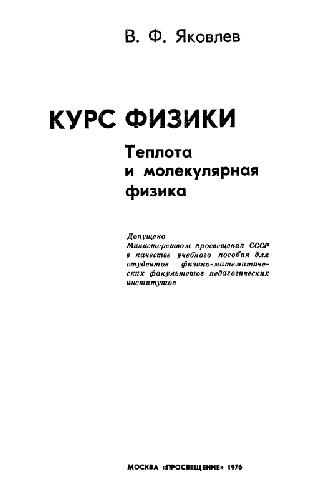
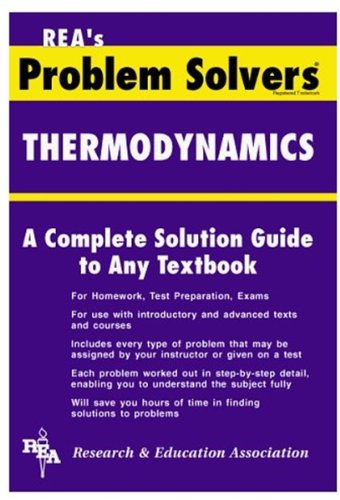
Reviews
There are no reviews yet.